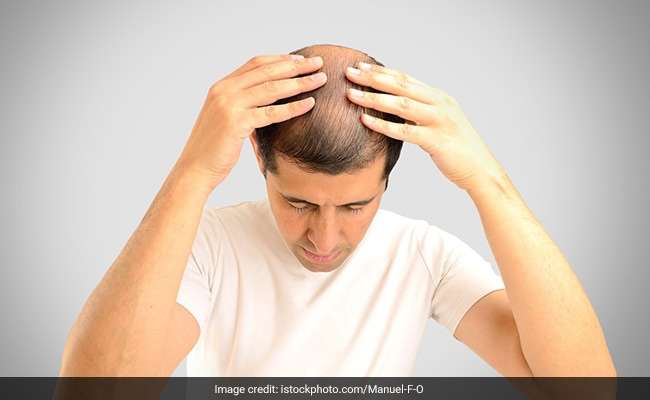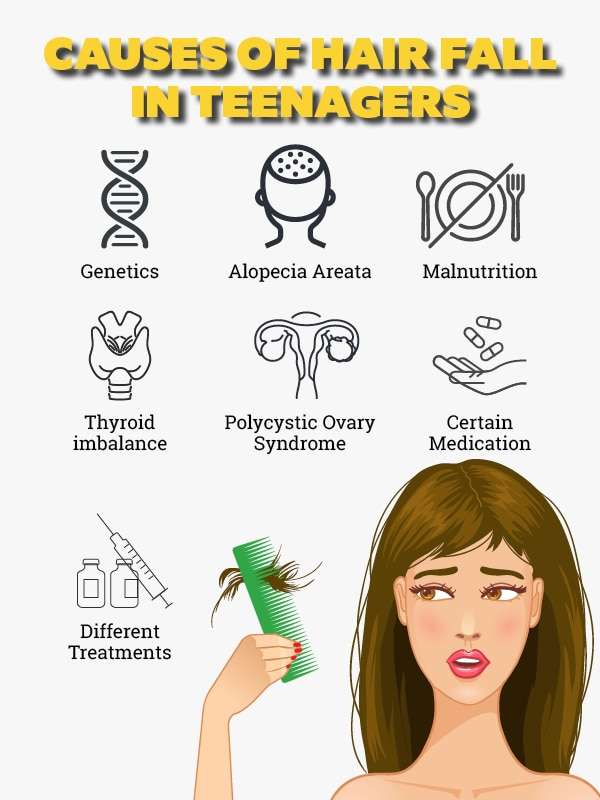Title: Hairfall: Understanding the Signs, Symptoms, Causes, Risk Factors, Diagnosis, Prevention, Diet, Lifestyle, and Homoeopathic Treatment
Introduction:
Hairfall is a common concern that can affect individuals of all ages and genders. Understanding the signs, symptoms, causes, risk factors, diagnosis methods, prevention strategies, diet and lifestyle considerations, and the potential role of homoeopathic treatment is crucial for effectively managing hairfall. In this blog post, we will explore the key aspects of hairfall and its holistic approach to treatment.
Signs and Symptoms of Hairfall:
1. Increased hair shedding: Excessive hair loss while combing, washing, or during daily activities.
2. Thinning of hair: Noticeable reduction in hair volume and density.
3. Receding hairline: Hairline gradually moving backward or forming a "M" shape.
4. Bald patches: Circular or irregular patches of hair loss on the scalp.
5. Visible scalp: Increased visibility of the scalp due to thinning hair.
Common Causes of Hairfall:
1. Hormonal imbalances: Changes in hormone levels due to factors such as pregnancy, childbirth, menopause, or thyroid disorders.
2. Nutritional deficiencies: Inadequate intake of essential nutrients like vitamins, minerals, and proteins.
3. Stress and emotional factors: Physical or emotional stress can trigger temporary hair loss.
4. Genetics: Family history of hair loss can contribute to hereditary hairfall.
5. Scalp conditions: Certain scalp conditions like dandruff, fungal infections, or dermatitis can lead to hairfall.
6. Medical conditions and treatments: Chronic illnesses, autoimmune disorders, or certain medications can cause hairfall.
Risk Factors for Hairfall:
1. Age: Hair loss tends to increase with age.
2. Gender: Men are more prone to male pattern baldness, while women may experience hair loss due to hormonal changes.
3. Family history: A genetic predisposition to hairfall increases the risk.
4. Poor nutrition: Inadequate intake of essential nutrients can contribute to hairfall.
5. Stress and lifestyle factors: High-stress levels, smoking, excessive alcohol consumption, and poor sleep patterns can impact hair health.
Diagnosis of Hairfall:
1. Physical examination: A healthcare professional examines the scalp and hair for signs of hair loss and scalp conditions.
2. Medical history: Discussion about any underlying medical conditions, family history, and recent life events.
3. Blood tests: Tests to assess hormone levels, nutritional deficiencies, or any underlying health conditions.
Prevention Strategies, Diet, and Lifestyle Considerations:
1. Gentle hair care: Avoid excessive brushing, harsh hairstyling products, and heat treatments.
2. Maintain a balanced diet: Include foods rich in vitamins (A, B, C, D, E), minerals (iron, zinc, selenium), and proteins.
3. Manage stress: Practice stress management techniques like exercise, meditation, or relaxation exercises.
4. Protect hair from environmental factors: Use hats or scarves to shield hair from sun exposure or harsh weather conditions.
5. Avoid tight hairstyles: Limit the use of tight ponytails, braids, or hair extensions that pull on the hair.
Homoeopathic Treatment for Hairfall:
Homoeopathy offers a personalized approach to treating hairfall based on individual symptoms and causes. Some commonly used homoeopathic remedies for hairfall include:
1. Lycopodium clavatum: Indicated for hairfall associated with premature baldness and dandruff.
2. Phosphoric acid: Recommended for hairfall due to grief, emotional stress, or nutritional deficiencies.
3. Natrum muriaticum: Useful for hairfall associated with a dry, itchy scalp and oily skin.
Consultation with a qualified homoeopathic practitioner is important for an accurate
diagnosis, individualized treatment plans, and monitoring of progress.
Conclusion:
Hairfall can be distressing, but with proper understanding and care, it can be effectively managed. By recognizing the signs, understanding the causes, considering prevention strategies, adopting a healthy diet and lifestyle, and exploring homoeopathic treatment as a complementary approach, individuals can promote hair health and reduce hairfall. Remember to consult healthcare professionals for an accurate diagnosis and to create a comprehensive treatment plan tailored to your specific needs.



Leave a Message